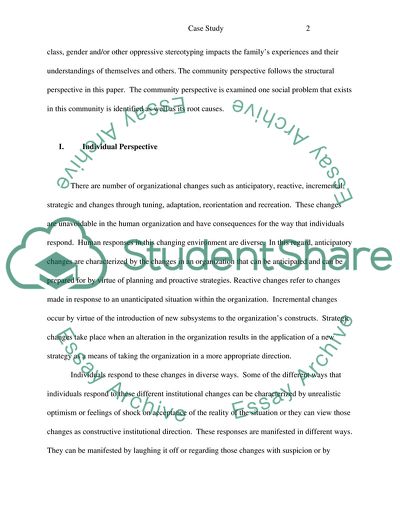Cite this document
(The Case of Badwall, OConnor and Rossiter Study, n.d.)
The Case of Badwall, OConnor and Rossiter Study. https://studentshare.org/sociology/1741227-paper-on-social-works-theoretical-approaches
The Case of Badwall, OConnor and Rossiter Study. https://studentshare.org/sociology/1741227-paper-on-social-works-theoretical-approaches
(The Case of Badwall, OConnor and Rossiter Study)
The Case of Badwall, OConnor and Rossiter Study. https://studentshare.org/sociology/1741227-paper-on-social-works-theoretical-approaches.
The Case of Badwall, OConnor and Rossiter Study. https://studentshare.org/sociology/1741227-paper-on-social-works-theoretical-approaches.
“The Case of Badwall, OConnor and Rossiter Study”. https://studentshare.org/sociology/1741227-paper-on-social-works-theoretical-approaches.


